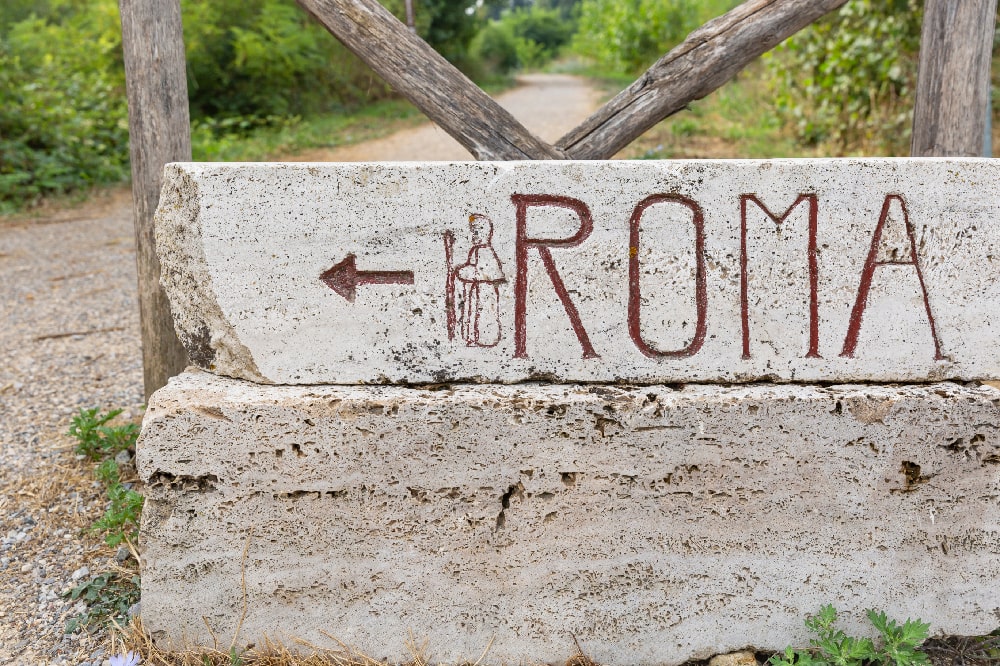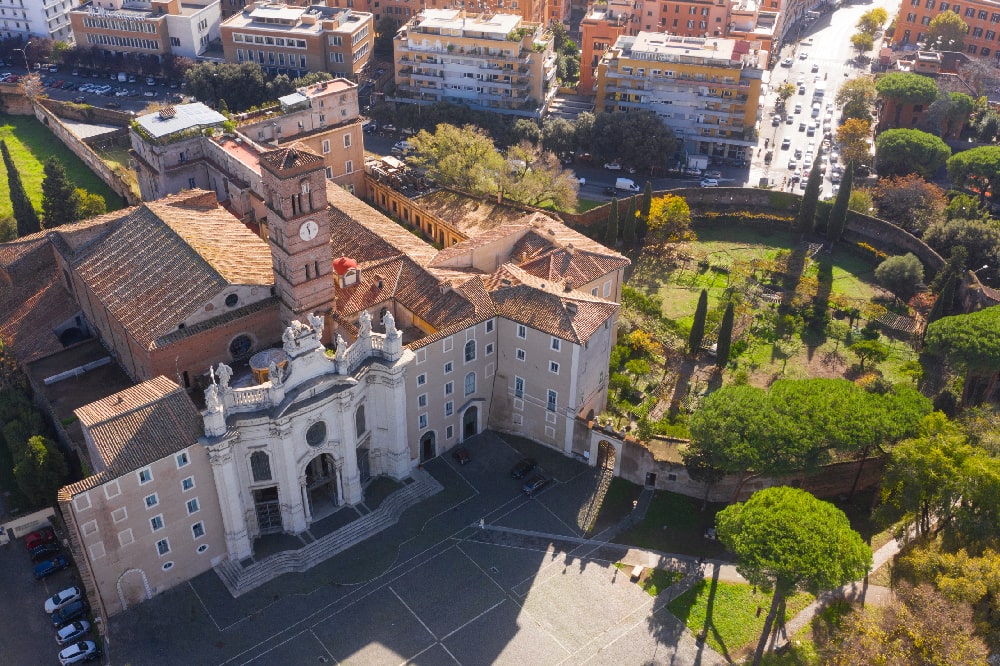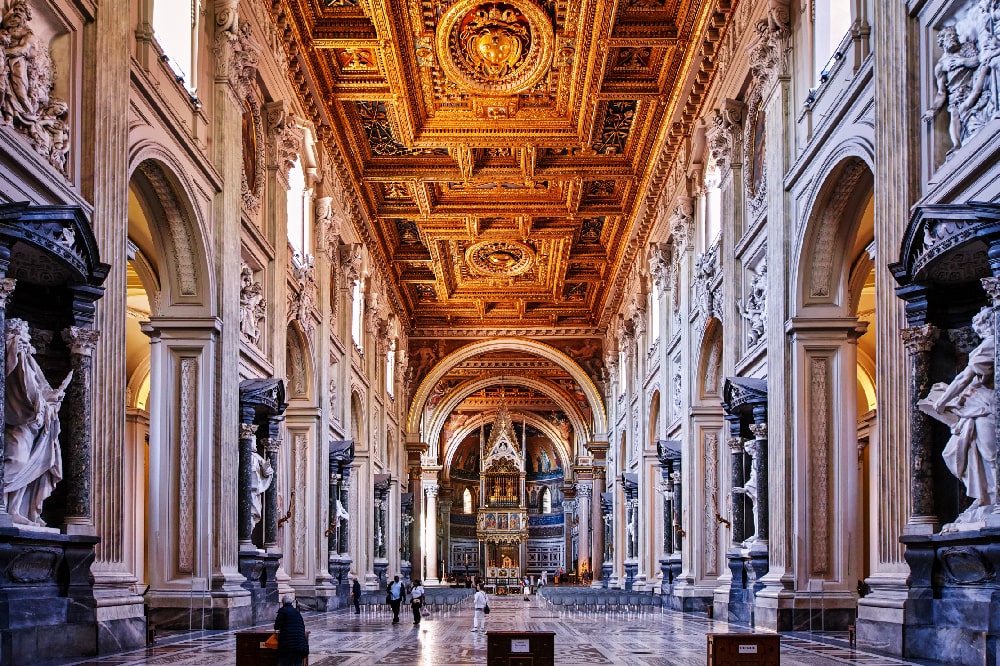Mass services are always present in religious celebrations. Let’s get to know them better and discover how beautiful they can be.
Contents
Sometimes we take for granted certain objects that belong to the ceremonial of the Mass, but that perhaps pass a little in the background compared to other liturgical objects, such as the chalice or the paten, and the sacred furnishings in general.Si tratta dei servizi da messa, o servizi da altare.
Made of fabric, they are usually four coordinated pieces: the corporal, the pall, the purifier and the towel.
Then there are other liturgical objects in fabric that can be combined with these four, such as the tablecloth for the altar, the amitto and others.
Here is in detail what it is:
- Corporal (is a slightly rigid square cloth, usually packaged in starched linen, but as we shall see also with other fabrics. It is used folded during the celebration of Mass to cover the chalice. During the Offertory it is stretched out on the altar to welcome on itself the paten and the chalice of the Eucharist. Since it “supports” the body of Christ has assumed this name);
- Pall (also called animetta, is a square of cloth, generally white. It is usually starched, but can have a hard and soft consistency. It is used to cover the glass, over which is also laid the folded body, and the paten. In this way it is avoided that dust or insects go to contaminate their contents before the Consecration);
- Towel (or manutergio, is a rectangular white towel of various sizes. It is used by the priest before Mass and then during the Offertory for Hand Washing);
- Purificatoio (is a rectangle of cloth, which can have various dimensions. It is used by the priest during the liturgical celebration to clean the paten before placing the host, to clean the chalice before filling it and to dry it at the end of communion, to dry lips after drinking).
These vestments, precisely because of their importance in the liturgical celebration, cannot be common pieces of cloth. Must be quality, packaged with fine fabric, or at least carefully.
Also the colors of the services from mass are very important. In a previous article we talked about the importance of colors in the Catholic liturgy and their significance. The liturgical vestments of Catholic priests during religious celebrations and the many sacred vestments they use differ according to a range of colors that has a precise symbolic meaning. The main liturgical colors, codified in the Roman Rite in 1969, are four: white, green, red and purple.
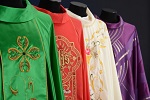
The colours of the Catholic liturgy and their meaning
The liturgical vestments of Catholic priests during religious celebrations and the many sacred vestments used by them…
The white symbolizes the joy and purity deriving from the Faith and the Resurrection, and is linked in particular to the adoration of Jesus and Our Lady. It is used practically every day, regardless of the liturgical season and the current festivity.
Green is a symbol of hope, perseverance and listening.
Purple symbolizes penance, expectation and mourning and is therefore used during Advent and Lent, or for Masses for the deceased.
Red symbolizes the passion of Christ and is used for liturgical vestments on Palm Sunday, Good Friday, Pentecost, and so on.
Other colors have not been codified, but they also recur in the sacred vestments and also in the services for mass, or at least in their decorations and embroideries, such as the blue, Marian color par excellence, or the gold, which symbolizes royalty.
Here is some more information about the services you can find in our store. All items are available both in sets and sold individually.
The fabrics of mass services
The services used to be made mainly of linen, the most resistant natural fiber that exists. Today you will find mass services packed with many other types of fabric, each with its own characteristics.
Linen
Still very used, it is light and always stylish. Among its advantages is that it dries very quickly and this allows frequent washing without the risk of damage. The regular weave makes it particularly suitable for cross stitch embroidery and other counted thread embroidery, and this too represents a nice advantage to realize the precious decorations of the services from mass.
Cotton
Soft and with high absorption properties, even cotton is particularly suitable for drying the hands of the priest and the chalice. Shiny looking, can be washed by hand or in the washing machine without any special problems.
Polyester cotton blend
Some modern services are made partly of polyester and partly of cotton. Polyester is very resistant especially to tearing and abrasion and does not require much attention. It also has the advantage of being rather elastic and does not crease.
Silk, satin and fine fabrics
Since ancient times, precious fabrics such as silk and satin have also been used for sacred vestments and services. They are smooth, soft to the touch, shiny fabrics that immediately communicate the elegance and refinement of the product. Unlike the previous fabrics, however, they are all very delicate, and require more care to keep intact their characteristics of shine and softness.
Decorations and type of embroidery for mass services
The services for mass differ also for the type of decoration with which they are embellished.
First the hem, which can be open or simple, made by hand or machine.
The embroidery can also be done by machine or by hand, depending on the quality of the article, but also depending on the subject represented. There are mass services decorated with simple designs such as small white crosses on a white background or more elaborate designs. The embroideries usually depict the symbols of the liturgy: the cross, the chalice, the grapes, the ears, the Eucharist, the golden symbol IHS, the dove or Marian symbols. The different symbologies adapt perfectly to the sensitivity and preference of each and the liturgical time.
The pall
Among the elements that make up the service from mass, the pall, or cup cover, deserves a further deepening. The pall can be different shape, round or square. It can also be made with a more or less rigid fabric, such as starched linen or polyester.
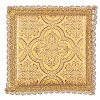
Some models even have inside a cardboard or a small plastic panel, which allows the pall to remain rigid. The card can be removed thanks to convenient openings to make washing easier. In some particular palls and with important processing the card can not be pulled off, to avoid ruining the object.
Another peculiarity, present only in some models, is the plastic angle. Some models have one of the corners covered with plastic. This allows the celebrant to grab the pall without the fabric getting dirty or wearing over time.
Some cup covers are much more valuable than others, not only for the type of fabric used, but especially for the more elaborate embroidery and made exclusively by hand.
This type of product, given its preciousness, can also become a gift idea for a special occasion: a seminarian who becomes a priest, a priest who celebrates a particular anniversary, and so on.

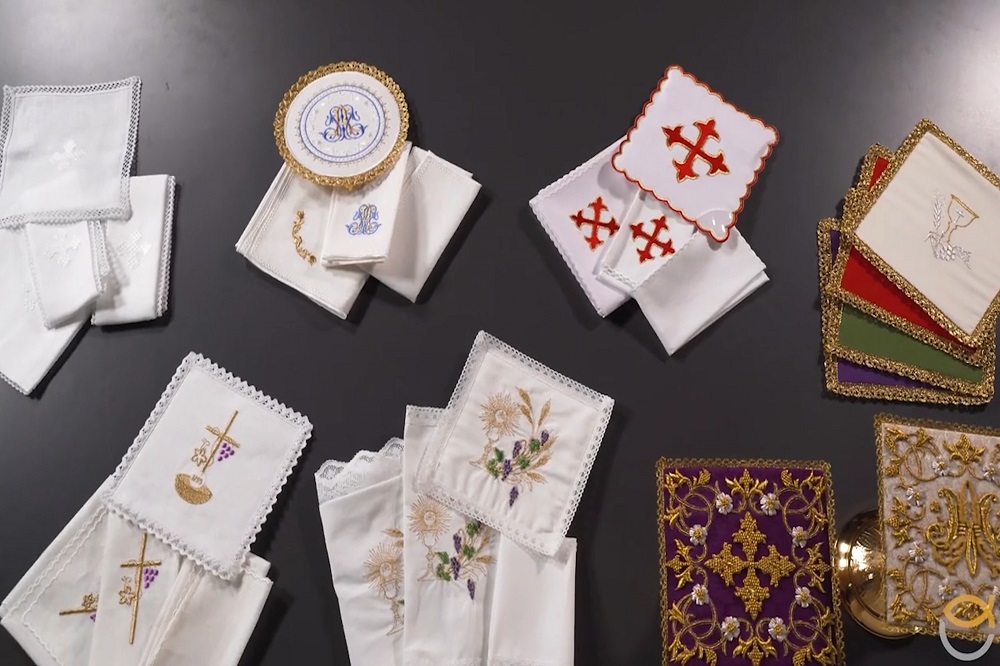
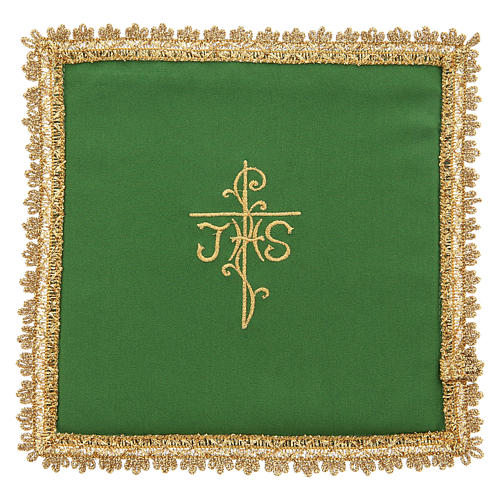
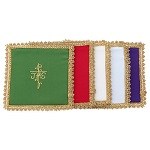
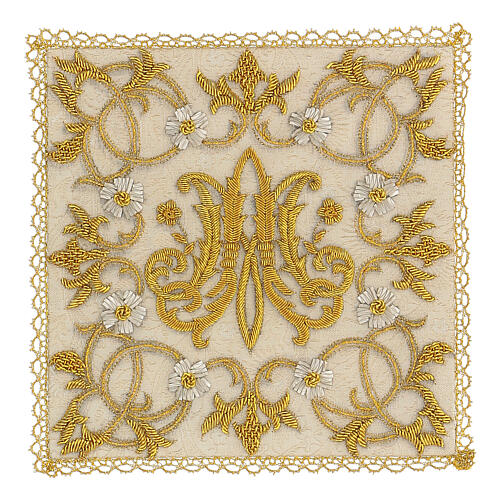
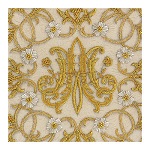
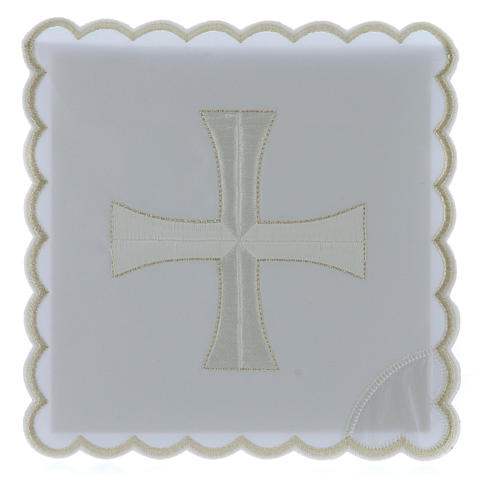
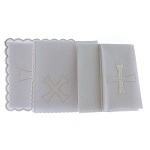

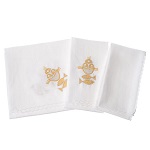

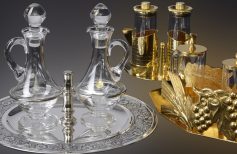
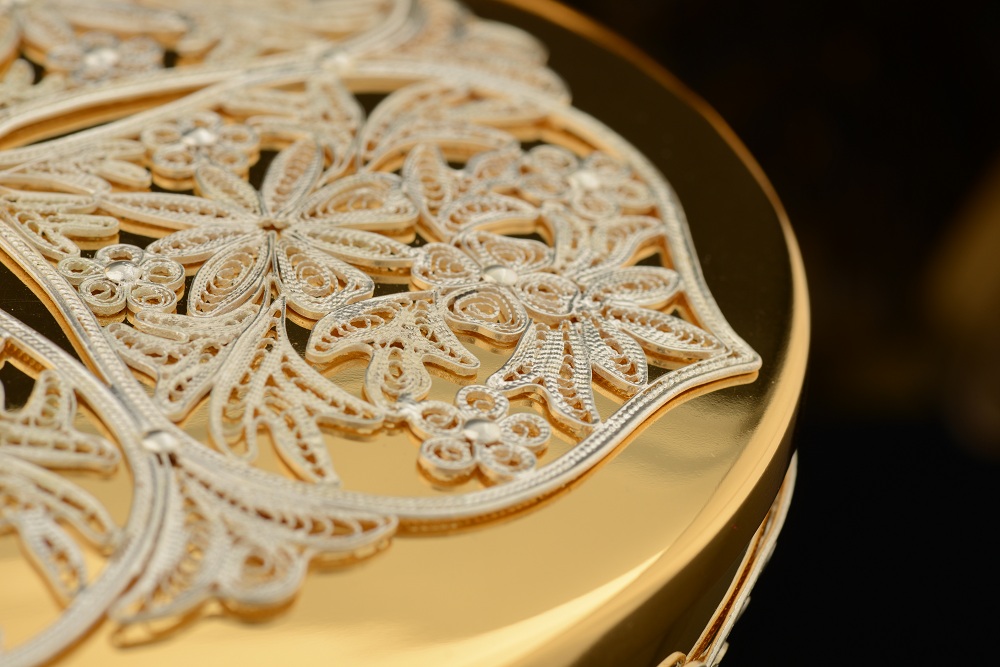

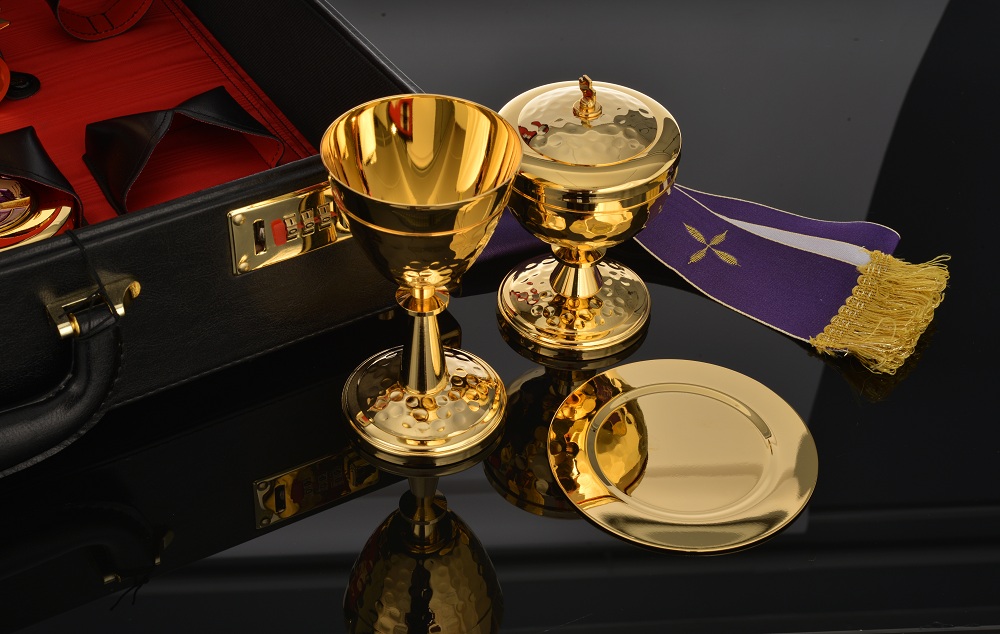

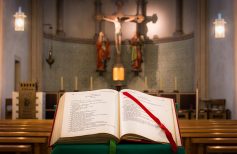
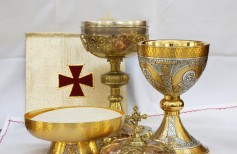
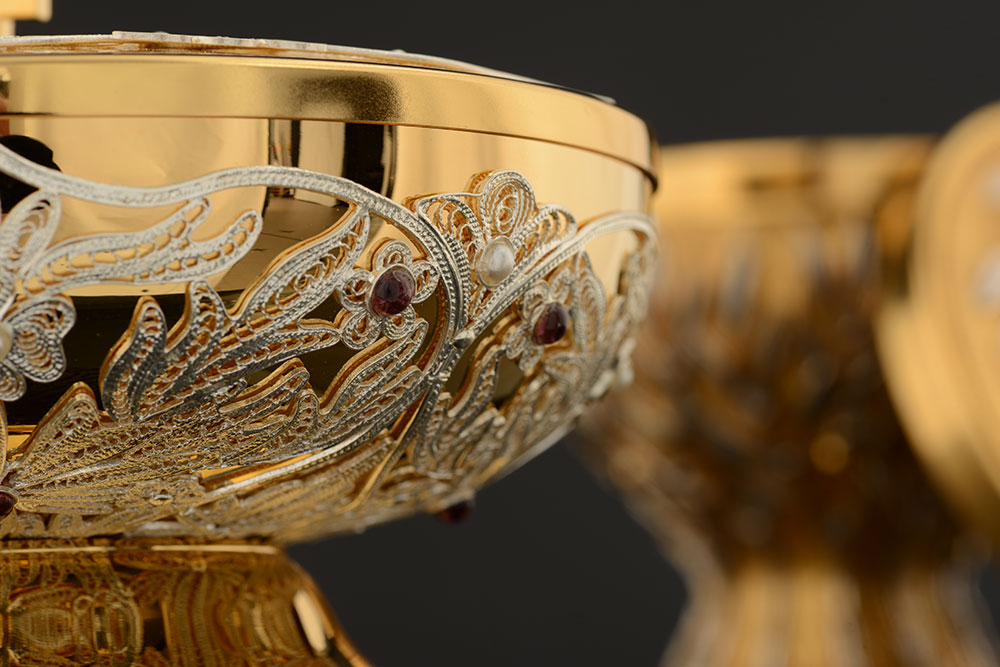






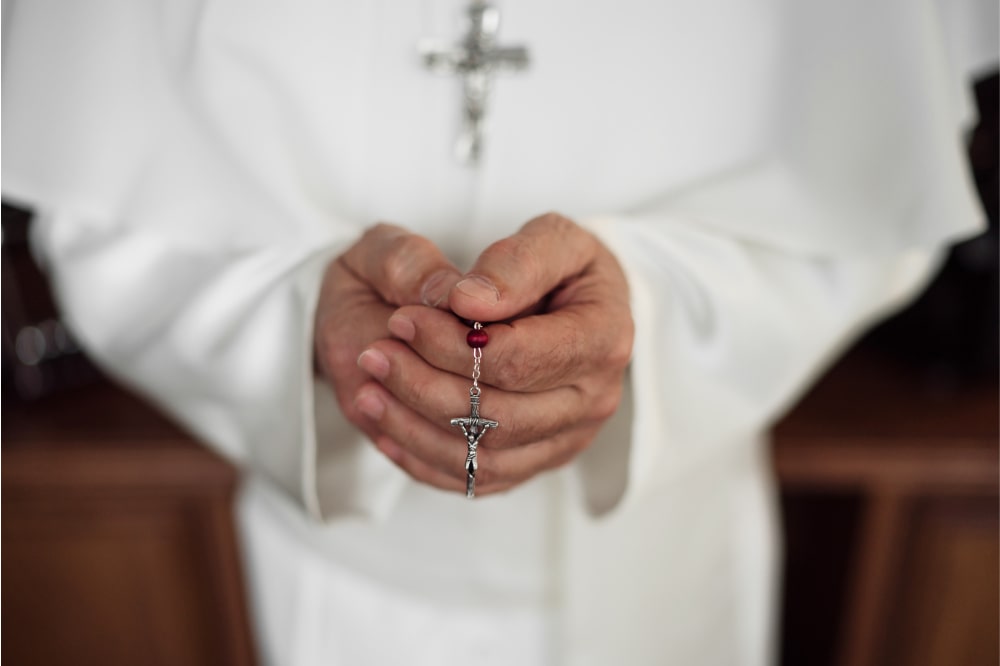
 5 June 2024
5 June 2024
